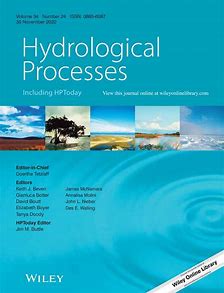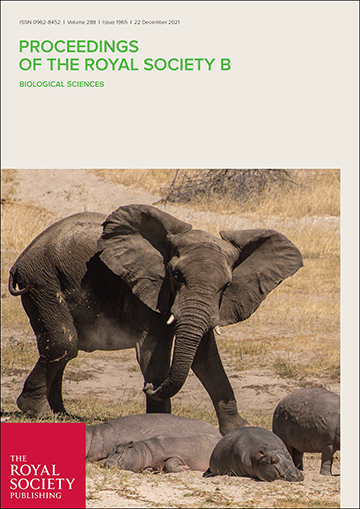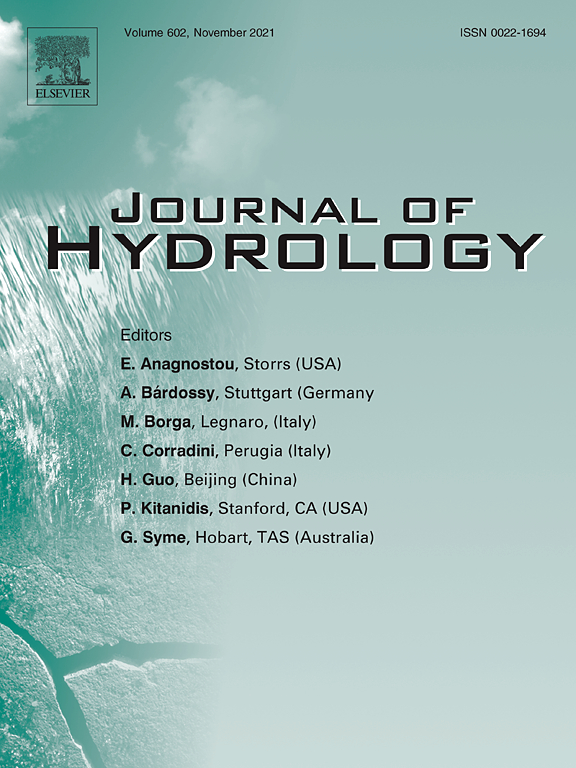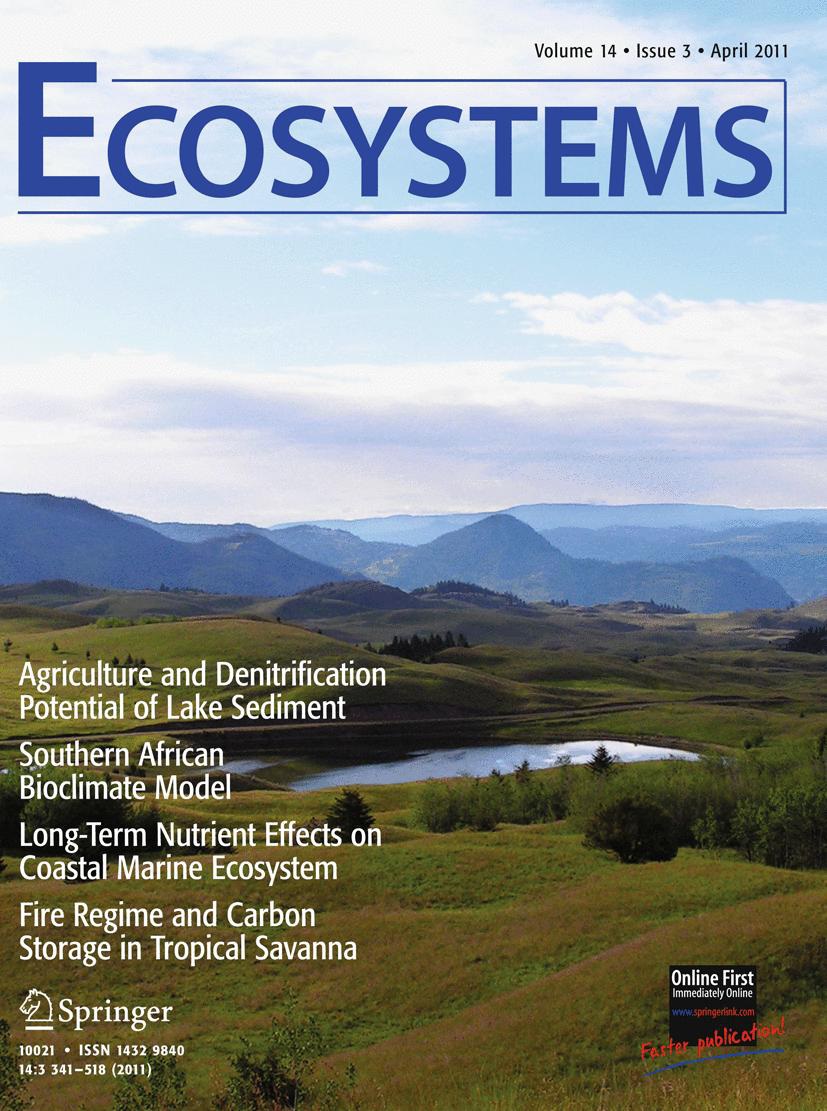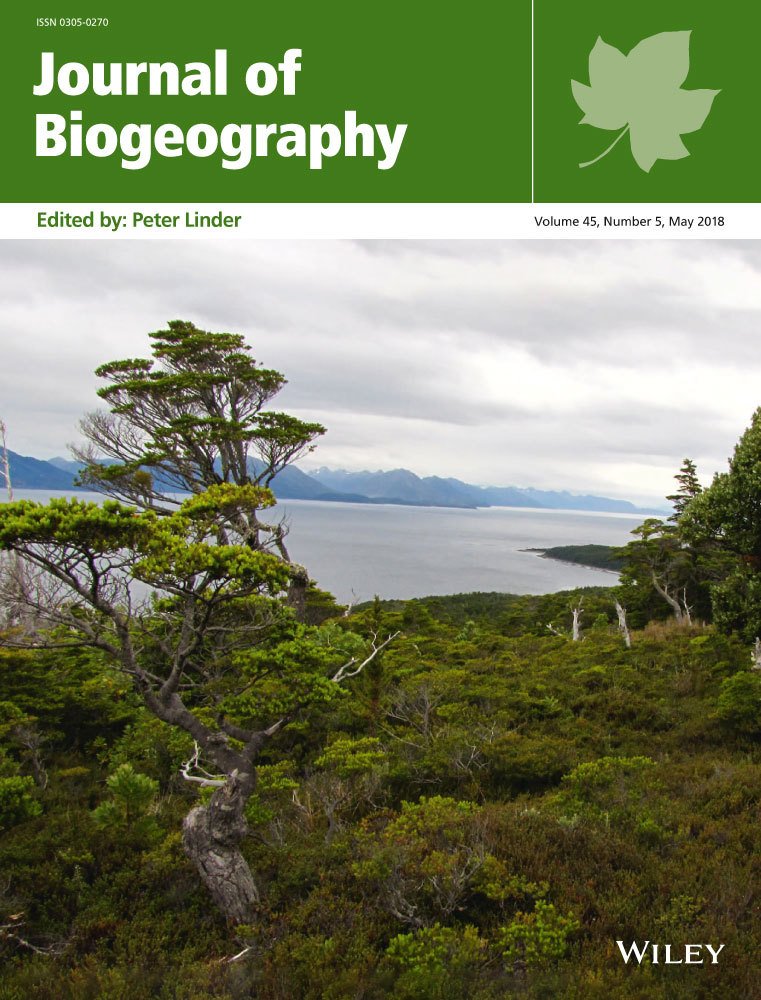
Fungal parasitism on diatoms alters formation and bio–physical properties of sinking aggregates
The Asymmetric Response Concept explains ecological consequences of multiple stressor exposure and release
Multiple stressors can affect species indirectly through either abiotic variables or impacts on non-target species. Stress tolerance is the key determinant of responses to increasing stress intensity. Dispersal and biotic interactions are the two key mechanisms governing responses to the release from stressors.
Enhancing urban runoff modelling using water stable isotopes and ages in complex catchments
Hydrological and water stable isotope datasets within a modelling framework were utilized to evaluate the water flow paths and ages in the heavily urbanized Panke catchment in Berlin. Groundwater was the primary flow component in reaches with less urbanisation. Wastewater effluent dominated the mid-reaches with direct storm runoff and shallow subsurface contributions in the urbanized reaches.
Leveraging big data to uncover the eco-evolutionary factors shaping behavioural development
In this review, the authors provide a guide to state-of-the-art approaches that allow the collection and analysis of high-resolution behavioural data across development. They outline how such approaches can be used to address key issues regarding the ecological and evolutionary factors shaping behavioural development.
Integrating urban water fluxes and moving beyond impervious surface cover: a review
This review paper by international female experts on urban hydrology identifies gaps in our understanding of how water flows through built landscapes. It focuses on key topics within urban hydrology related to water quantity, incl. runoff and streamflow generation, soils and soil water, groundwater, vegetation, and climate; describes challenges and opportunities in the field of urban hydrology.

Ecosystem Services of River Systems – Irreplaceable, Undervalued, and at Risk
Mixing dynamics at river confluences governed by intermodal behaviour
The authors introduce a theory for confluence mixing dynamics of shallow flows, in which the mixing process is controlled by two modes: one similar to a wake behind an obstacle and the other similar to a mixing layer between two parallel flows. The findings, supported by field-based experiments, provide insight into different modalities of flow structure controlling mixing at river confluences.
Using stable water isotopes to understand ecohydrological partitioning under contrasting land uses in a drought-sensitive rural, lowland catchment
To analyse the influence of vegetation on water partitioning under land management strategies, the authors used stable water isotopes with contrasting land covers and soil types in the Demnitzer Millcreek. The study underlined the need for long-term observations of land use changes and drought-sensitive vegetation to evolve a drought resilient land management considering time lags.
Trophic Transfer Efficiency in Lakes
The authors explored how spatial and temporal variability of lake food webs and their links to the terrestrial environment affect trophic transfer efficiency (TTE). They suggest that TTE can be estimated as mechanistic expression of energy flow between consumer and producer pairs, or as ecosystem efficiency comparing total sums of heterotrophic production rates with fixation rates of carbon.
The importance of seawater tolerance and native status in mediating the distribution of inland fishes
The objective of this study was to understand the role of environmental variables explaining the distribution of three major eco-evolutionary groups of inland fishes. Despite marked differences in the distribution patterns of native and alien species, evolutionary and introduction histories as well as seawater tolerance are central factors explaining the current distribution of inland fishes.



